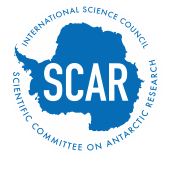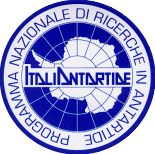|
Name ID: 113084
Place ID: 3166
The eastern extremity of Ross Island. Discovered and named in 1841 by Ross for his second in command, Commander Francis R M Crozier, captain of the Terror. Crozier was later second in command of the ill-fated Franklin Artic Expedition. Near Cape Crozier is the largest area of bare land surface on Ross Island. The cape itself consists of bluff cliff, varying between 200 and 400 ft high, vertical and even overhanging in places, extending for some3 miles from the junction with Ross Ice Shelf towards the large penguin rookery. This cape has been frequently visited by various expeditions, and was the goal of the Winter Journey Party, led by Dr Wilson, of the BAE, 1910-13, in 1911, to obtain information about the breeding habits of the Emperor Penguin.
|
|
Name ID: 123976
Place ID: 3166
Cape which forms the E extremity of Ross Island. Discovered in 1841 by a British expedition under Ross, and named for Cdr. Francis R.M. Crozier, captain of the Terror, one of the two ships of Ross' expedition.
|

